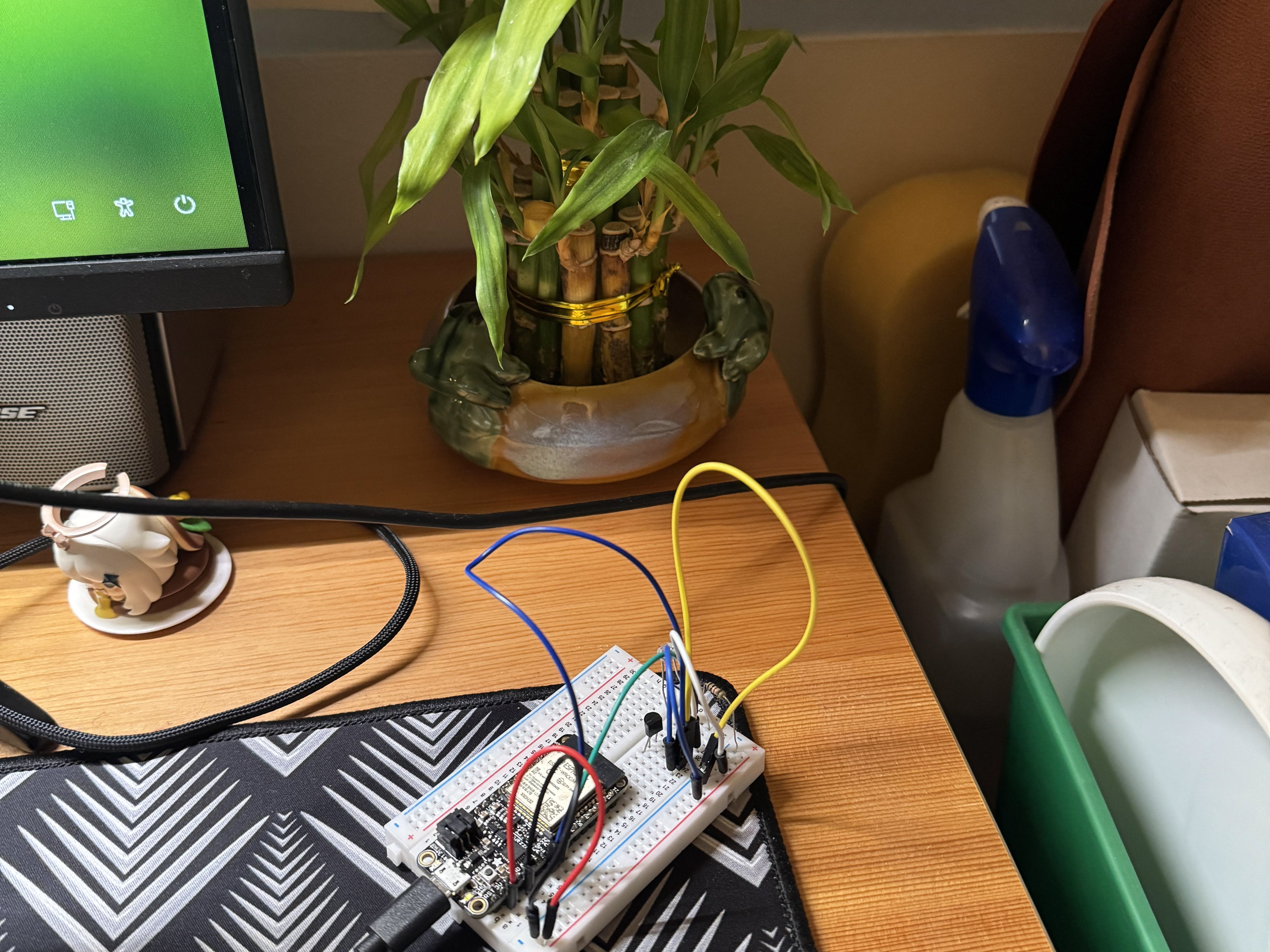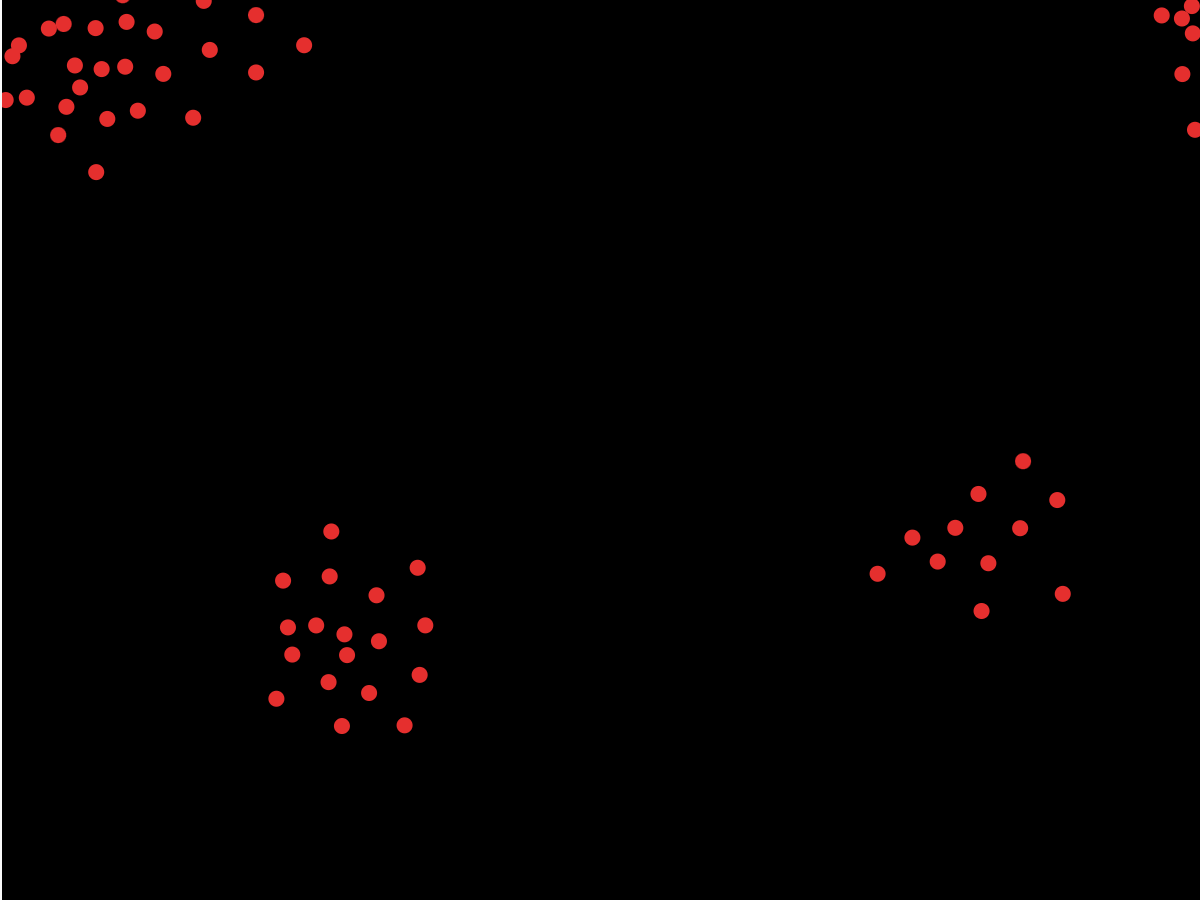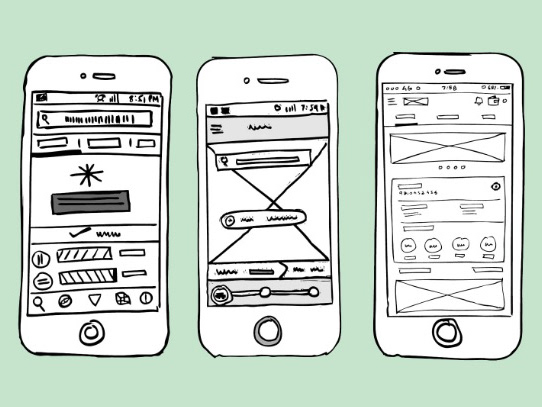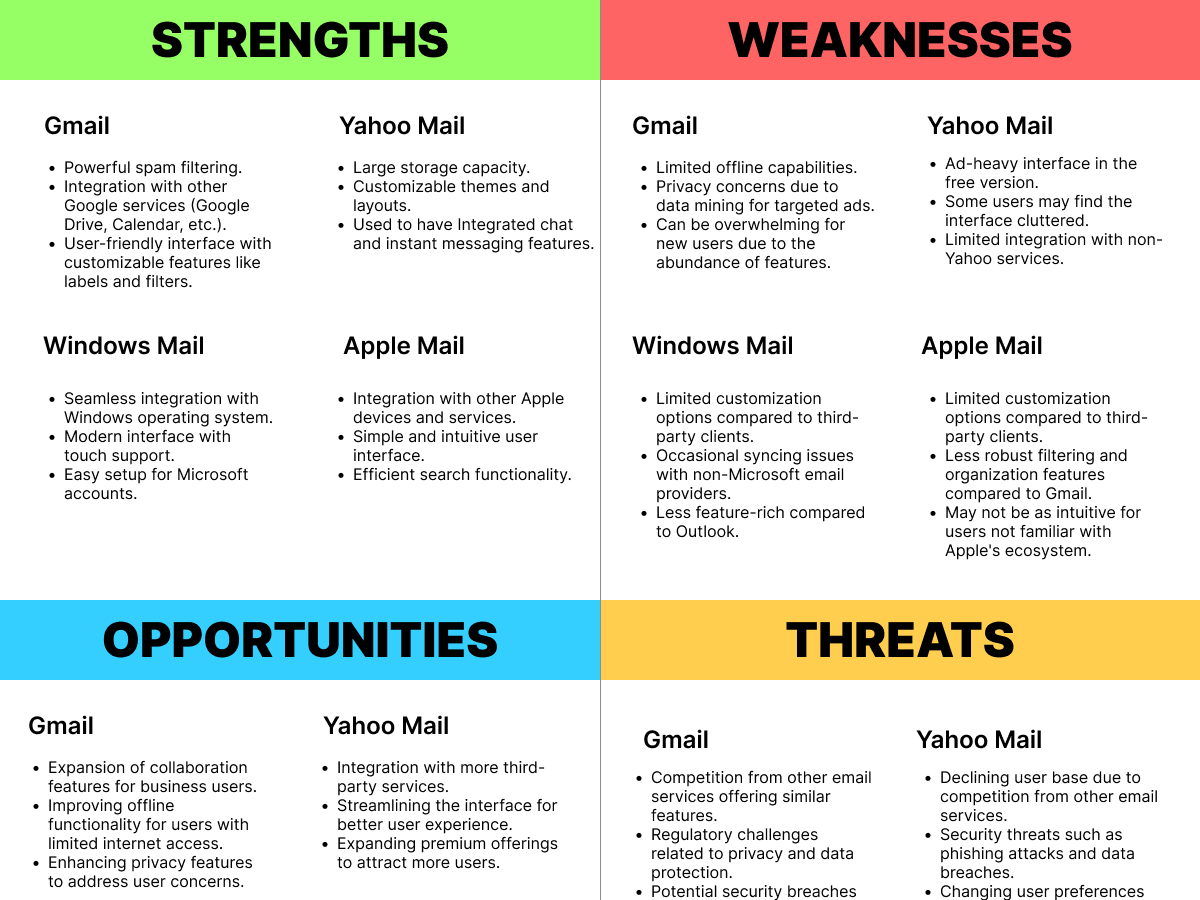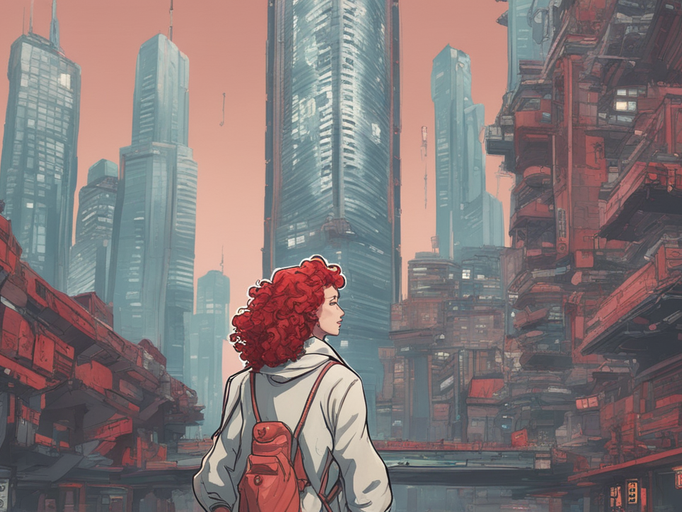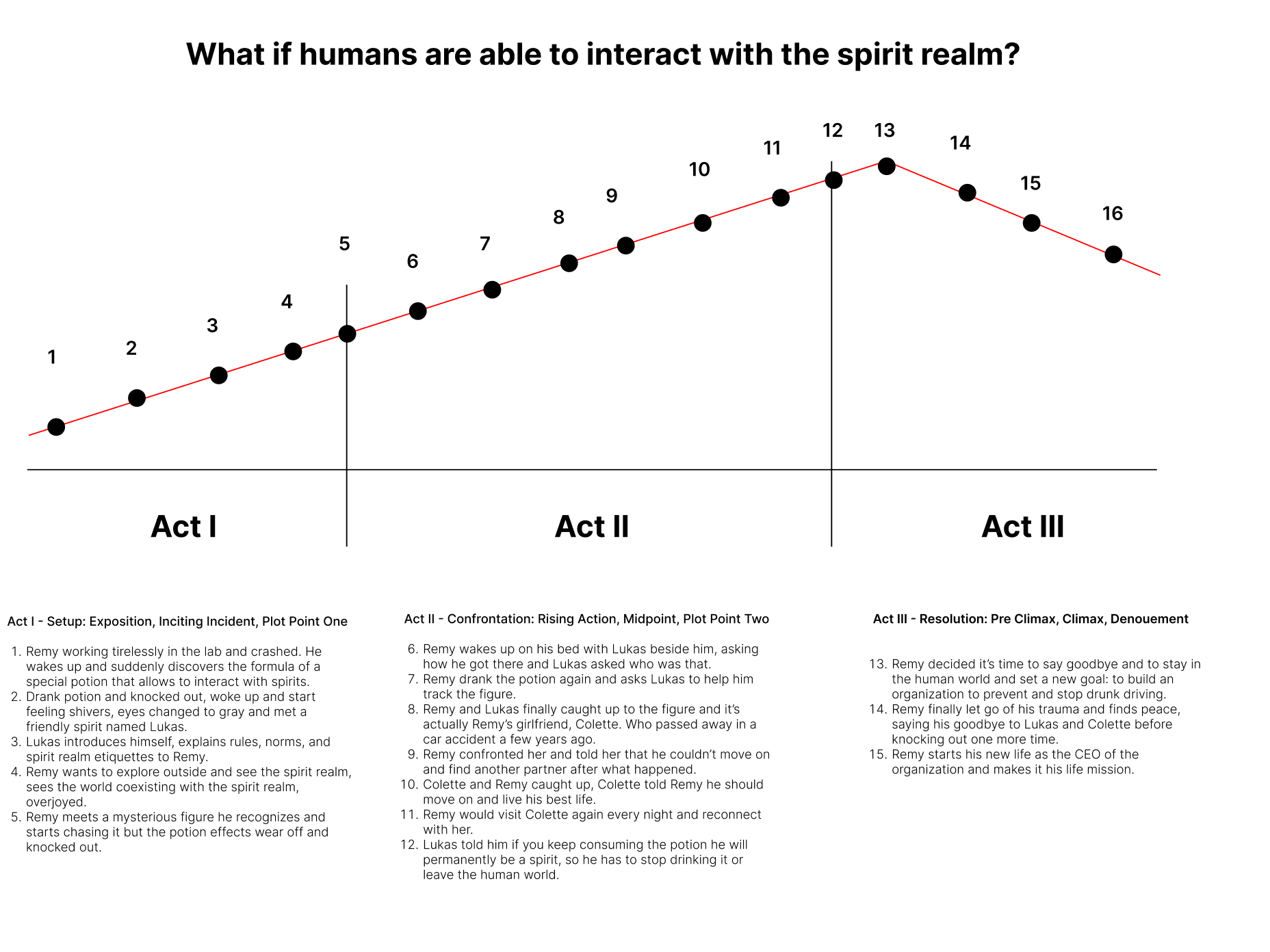"Users find enjoyment from a product's combination of appearance, interaction and roles."
I think this statement is true because this "design rule" applies to almost any product these days. When users find a product that looks like what it's supposed to do, it eliminates the learning curve users have to do before using the product itself. Users also feel like they're smart and are happy when they are able to figure out how to interact with a product by themselves, they get a sense of problem-solving skill that they are able to perform. I, myself find enjoyment when I interact with a product that looks like what it's supposed to do, interact with it how I am supposed to, and does what it is supposed to do.
"By forcing a mapping between things with quite different functionalities, the focus shifts from the functionality to the actual interaction possibilities"
I was intrigued when I saw this quote from the reading because I had never heard of this concept of "Interaction Relabelling". When I read more into this concept, I think it makes sense how this technique forces designers to think from the functionality to the actual interaction possibilities. As a designer, I think it's great to have your design thinking challenged and try and actually squeeze out creative solutions. I would love to have an assignment in class where we are going to practice how to relabel interaction. The example in the textbook is great, it uses a toy gun as an appointment scheduler. I do wonder how this is going to help designers more in the future (other than helping them think outside the box). I do wish there was a study showing that this method/practice can help with real-life problems.
"The technique exposes how poor most electronic products are in terms of actions when compared to mechanical
products. Apart from widening the designer’s view on possible actions, the technique also helps to explore how the actions
influence the role a product supports."
products. Apart from widening the designer’s view on possible actions, the technique also helps to explore how the actions
influence the role a product supports."
I do agree with this statement/quote from the reading. This technique does expose how poor electronic products are in terms of actions when compared to mechanical products. I also think there's a reason behind this flaw. I think the reason why electronic products are the way they are is because of the evolution of interaction and technology. Products nowadays aim to be as concise and easy to use as possible, that's why the phone is a flat-screen now and has no wires or buttons. Every component in the phone has been optimized and digitized so that there is no need for wires buttons, or wheels. The phone is a good example of this. I think that electronic products are good in terms of where they are, but I think there does not need to be a change in how we interact with electronic products, maybe we should learn how to better design mechanical products and integrate them with consumers more.

